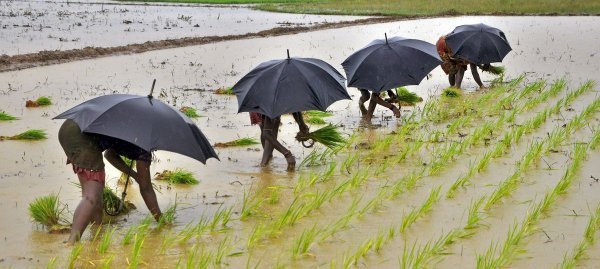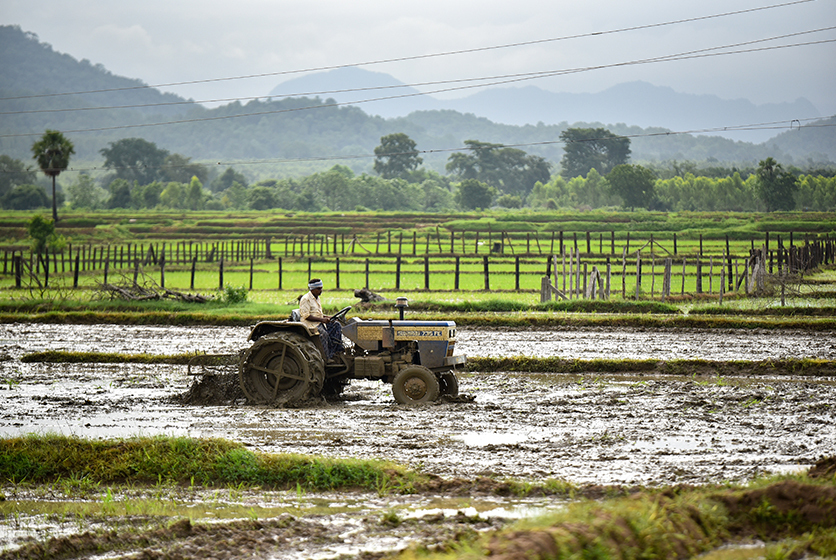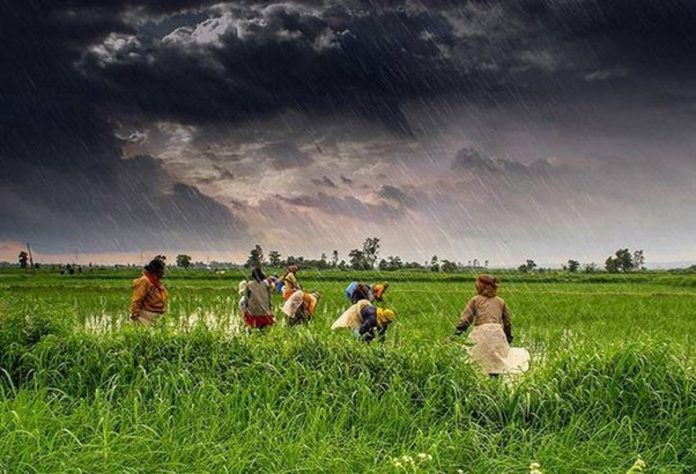- The ruling dispensation at the Centre may not agree on this. However, the Indian economy is still largely based on agriculture despite efforts to wean the humongous workforce into the manufacturing and services sector. Several initiatives have seen the daylight to encourage the rural populace to embrace the increasingly growing services sector on the back of unprecedented growth. Yes, the manufacturing sector is stuttering without showing signs of expansion on expected lines despite the central government emphasizing the same. Since the agrarian society is greatly dependent on the monsoon to fulfill the cultivational requirements, the availability of water for the purpose assumes paramount importance.

PC: Quora
- Now, we are aware of how environmental degradation has caused upheavals in the regular monsoon occurrences over the years leading to extremely unpredictable weather patterns. This phenomenon has become so repetitive over the years that it’s become increasingly challenging to accurately forecast the monsoon in India. Thankfully, IMD’s first southwest monsoon forecast recently said that in 2024 we are in for an above-normal rainfall. It’s expected to be 106% of the long-period average of 87 cm. It’s positive for the Kharif crop season, which was affected last year by a below-normal monsoon that was also erratic in terms of monthly rainfall. Thankfully, India’s agricultural output is no longer as closely tied to annual rainfall courtesy of widespread irrigation.
- For instance, let’s take a look at water-guzzling rice. Data since 2000 shows that only in 2002 and 2009 output dropped sharply because of a large rainfall deficiency. Leave aside those two shocks, output has generally trended upwards even though below-normal monsoon years have sometimes led to a modest decline in production. The reason for this resilience is largely the surge in groundwater extraction through tube wells for irrigation. Note that irrigation through tube wells accounts for over 60% of total irrigation. Nonetheless even as tube well irrigation may have partially insulated crop output from annual swings in rainfall, the southwest monsoon’s influence over agriculture hasn’t weakened if we look at it from a longer-term perspective.

PC: Taro Pumps
- It’s not rocket science to note that groundwater extraction for irrigation is sustainable only if it’s adequately recharged. And about 75% of annual recharge takes place during the southwest monsoon. Data at the national level suggests that India appears to be using its groundwater sustainably. Only 59% of the annual extractable groundwater is drawn. However, this national average masks worrisome regional variations. Punjab and Haryana are critical to India’s overall food security. Worryingly, groundwater extraction in these states is way past the point of sustainability. The most productive agri regions in terms of yield have insulated themselves from annual rainfall variations but not their dependence on the monsoon.






